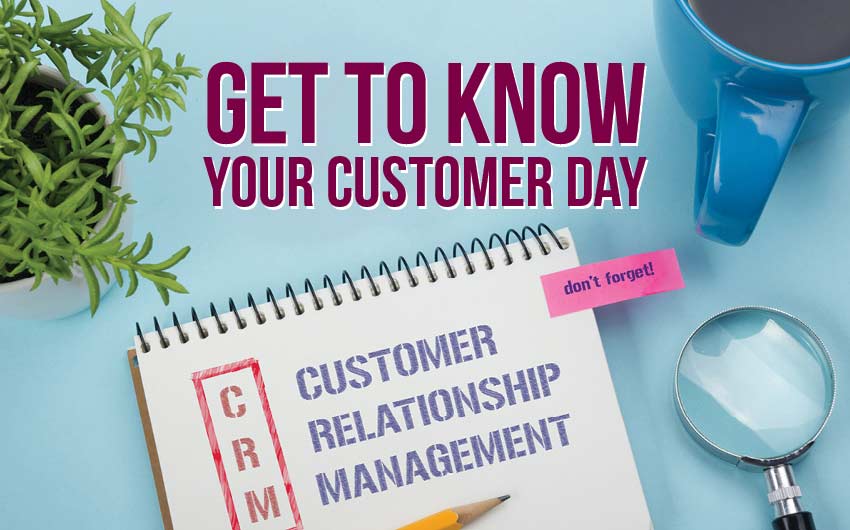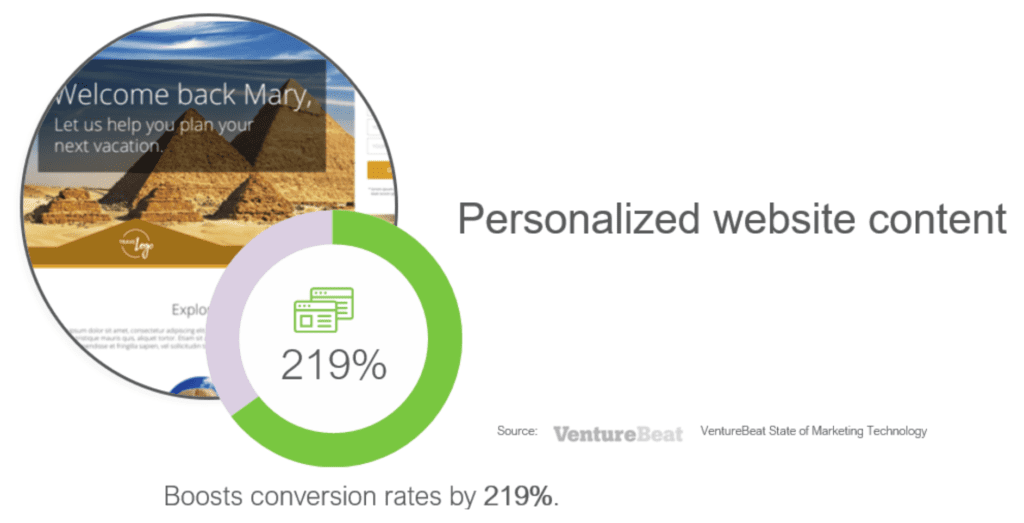
Metrics derived from social media can be very useful for gauging the success of a campaign. These metrics can be used to refine your campaign's results and provide valuable insight into your audience. Social media platforms are becoming the most popular way to reach customers. It is important to calculate your social media ROI in order to determine its effectiveness. These tips will help determine if social media is bringing you the right customers. You will then be able measure the ROI and enhance your marketing efforts.
Hootsuite Impact
Hootsuite Analytics social-media tracking software can track metrics from multiple social media networks, export information and create custom reports. This platform is compatible with Facebook, Twitter, Instagram and YouTube. Hootsuite Impact can be added to the Professional plan. This allows you calculate ROI metrics. Although the trial version is limited to basic social media tracking, it's well worth checking out.

Sprout Social
Sprout Social is a social media tracking tool that allows you to analyze your company's engagement on various networks. The analytics will allow you see the media types that are gaining attention with your target audience. This will also give you a snapshot on what content is being viewed by them. With Sprout, you can see which media are performing better than others and make adjustments accordingly. You can also create a content calendar, and analyze the most popular topics.
Twitter Analytics
Twitter analytics is a powerful tool to help you improve your online business. You can use them to measure how successful your content is, and then replicate it. They can also help you understand your audience's preferences. Twitter also recently introduced a new tool for video content: Media Studio. Media Studio allows you to see the preferences of your audience and measure how effective your video content is.
Adobe Analytics
With the new features of Adobe Analytics, you can easily integrate your social media marketing efforts with the other tools of your company. The analytics tool can be used to generate reports with aggregated information. Marketing professionals will find it a valuable tool to help them understand their customers' behavior and make improvements to their services. Adobe Analytics includes a number of prebuilt integrations which enable you to include partner applications in your analytics campaign.

Google Analytics
After you have implemented Google Analytics, it will be easy to track the performance of your social media campaigns. You can analyze the traffic coming from social media and create a strategy by using the socialmedia tracking code. You can use Google Tag Manager to implement the tracking code. For more information, please read on. Set goals to track the success of your social media campaigns. Your social media tracking goal can be anything from email subscriptions to page views.
FAQ
What are the 7 Steps of Content Marketing?
The content marketing process is seven steps long
-
Identify the problem
-
Find out what's working now
-
Make new ideas
-
Turn them into strategies
-
You can test them
-
Take measurements
-
Repeat the cycle until you find something that works.
This strategy has proven to be effective for both small and large businesses.
How long should my content advertising campaign last?
It depends on the industry and what type of product or service is being offered.
For example, if you sell shoes, you might spend one month designing a new shoe style. You might launch the new product in August, and then keep it updated throughout the year.
If you're selling clothes, you might create one look for fall and one for spring. You want to keep your customers interested by offering something new every day.
The length of time that your content marketing program lasts depends on your goals. For small-scale businesses, you may only need to focus on one channel. Larger companies may need to use multiple channels to reach their target audience.
What amount should I spend on content marketing?
It all depends on how many leads are you looking to generate. Depending on the industry, the average cost of a lead is $5-10. In our case, the average cost per lead was $20 when we first started our company. Now, we spend around $6-7 per lead.
Statistics
- Companies that use content marketing see approximately 30% higher growth rates than businesses not using it. (mailchimp.com)
- To further show the importance of this, 89% of people have stopped doing business with a company because of a poor experience. (neilpatel.com)
- According to our research, 65% of companies with very successful content marketing in 2021 ran content audits at least twice a year. (semrush.com)
- Content marketing produces 3X more leads per dollar spent. Content marketing costs 62% less than traditional marketing. (criteo.com)
- Seventy-two percent business to business (B2B) (mailchimp.com)
- An example of an overarching goal could be: "In 2022, we want to achieve a 20% increase in revenue created by organic content and generate 15,000 MQLs with a budget of $30,000." (semrush.com)
- Progress indicators (0–100%) allow each team member to see how attainable each goal is and understand what remains to be accomplished. (semrush.com)
- We found that 40% of businesses don't have a documented strategy yet. (semrush.com)
External Links
How To
Informationgraphic creation tips for content marketing
Infographics can be a great way to simplify complex concepts and make it easy to understand. You should use infographics to spread the message about content marketing.
You'll need design software such as Adobe Illustrator or Photoshop to create an infographic. These programs allow you to create infographics by drawing different shapes and elements. You can then use colors and fonts for your data. Once your design has been created, you can start uploading images from Unsplash/Pixabay to incorporate into it.
Check out existing infographics online to get some ideas. To show how many calories certain foods have, you can use a picture of a pyramid to illustrate this. You could also replace the numbers with images of the food. Or, you might choose to look up how much sugar is in soda pop and change that number to a picture of a bottle of Coke.
Once you've created your infographic, share it on social media channels like Facebook or Twitter. This helps people who aren't familiar with the concept learn about it. If you decide to post your infographic on social media platforms, include hashtags so others can see what you're talking about. You can use hashtags to allow others to follow your conversations about specific topics.
Try to make your infographic posts shorter than you normally would if you create one. An average blog post can be anywhere from 2000 to 5000 words long, while an infographic only requires 500 to 1000 words. That means you can get more information across in less space.
Your infographic should be easy to read for some viewers. Use large fonts, but don't overuse color in your infographics. You must also ensure that your text is easily read.
Here are some additional tips :
-
Choose an Infographic Template. You can find many templates online or in printed formats. Canva (Piktochart) and Google Slides (Google Slides) are some of the most requested templates.
-
Make your Infographic. Use the template below to create your infographic. Any media you choose is acceptable for your audience. If you want to create an infographic on the best places for food in Seattle, for example, you might use photos from local restaurants.
-
Add Text. Add text after you've created your infographic.
-
Add images. Images can be added to your infographic. These images could be photos, charts, graphs or icons. You should make sure that the picture you upload is related to your topic.
-
Make It Interactive. You can add interactive elements, such as maps, buttons, and links. This will allow you to engage your audience.
-
Share. Share your infographic with others on social media such as Facebook, Twitter and LinkedIn.
-
Measure. Do you know how well your infographic performed? Did people click on your website? Did they sign up to your email list? Was their reaction to the infographic?
-
Improve. Are there ways you could improve your infographic? What could you do better next year?
-
Repeat. Do it again.